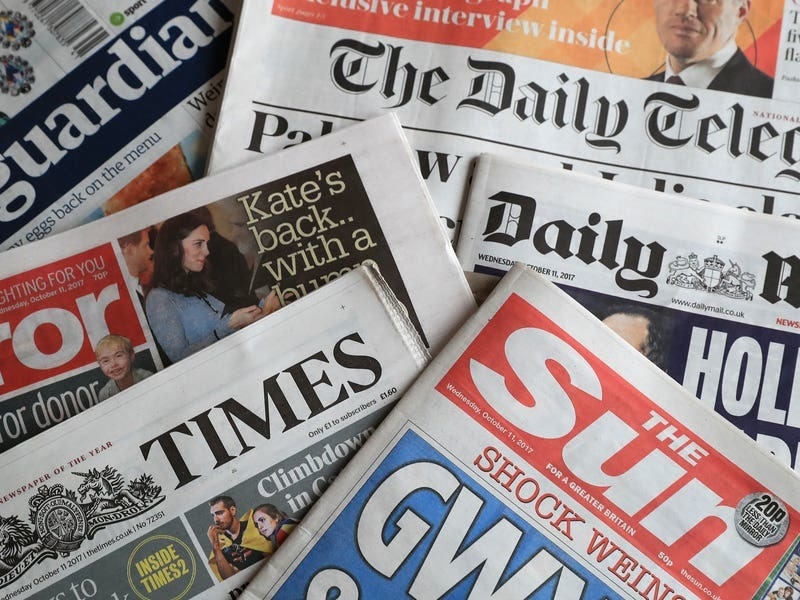Shirt numbers might seem a niche area of football to be interested in, but if it weren’t for the squiggles on the back of the kit, the beautiful game would not be the same one we know and love today.
When squad numbers were introduced to association football in the 1930s, the traditional 2-3-5 formation in Britain saw the goalkeeper wearing one, the full-backs taking two and three, four to six going to the half-backs and seven to 11 the preserve of the forwards.
The game evolved, with five and six going to the centre-backs, and the more conservative forward line formed of a number nine and 10. But while those rules remain the accepted British conventions, they remain just that: convention.

“For years (right-back) Glen Johnson had been wearing number eight at Stoke, while (centre-back) William Gallas came in straight after Dennis Bergkamp and wore the number 10 at Arsenal,” said Hurley. “It is strange to see someone not conforming to the accepted system.”
Many positions these days are more fluid, with ever-evolving formations creating new roles. But even so, some rules remain unbreakable in the eyes of fans.
“Number nine playing somewhere other than centre-forward looks wrong,” said Hurley. “I remember when Paul Ince was with Middlesbrough he wore number nine as a defensive midfielder.
“I don’t mind maybe as much if it’s a striker who has morphed into an attacking midfielder, but number nine really has to be the central striker.”

“I noticed the other day Alvaro Morata has moved from nine to 29 for Chelsea this season because he had twins born on July 29,” said Denis.
“Furthermore, when Luke Shaw moved to Manchester United he was given number three, and it seemed like, here’s the left-back for United and England for the next 15 years.
“The following season Tom Cleverly left, and Shaw opted to move from three to 23. For me, as a traditionalist players should always aspire to wear a 1-11 number, but you have to accept that that’s not always the case nowadays.”

“Effectively it’s the club saying: ‘We’ll never have a player ever again who’s worthy enough to wear this number,’ rather than saying: ‘We will have players good enough, and maybe even better players, and let’s bestow this great number upon them.’” said Hurley.
“In Spain they have a one-to-25 rule. You pick a 25-man squad and you number them one to 25 so there’s no wiggle room for retiring numbers.
“Number 10 at Barcelona was Rivaldo, then Ronaldinho, and now Lionel Messi. It’s handed down from one star to the next. You give the younger guys something to aspire to.
“Some players do find it too heavy a burden, and I suppose that just shows that even though it’s just a shape on your back, there is more to it. It does carry meaning.”

“If I was in charge of the Premier League I would try to put in a one-to-25 rule like Spain,” said Hurley. “It’s better wanting to wear 20 all the time than wanting to wear 46.
“You could be stricter and insist a number three has to be a left back and a number seven has to be a right winger, but I suppose that would probably be going too far.”
To read more on the intricacies of the world of football squad numbers, click here.






